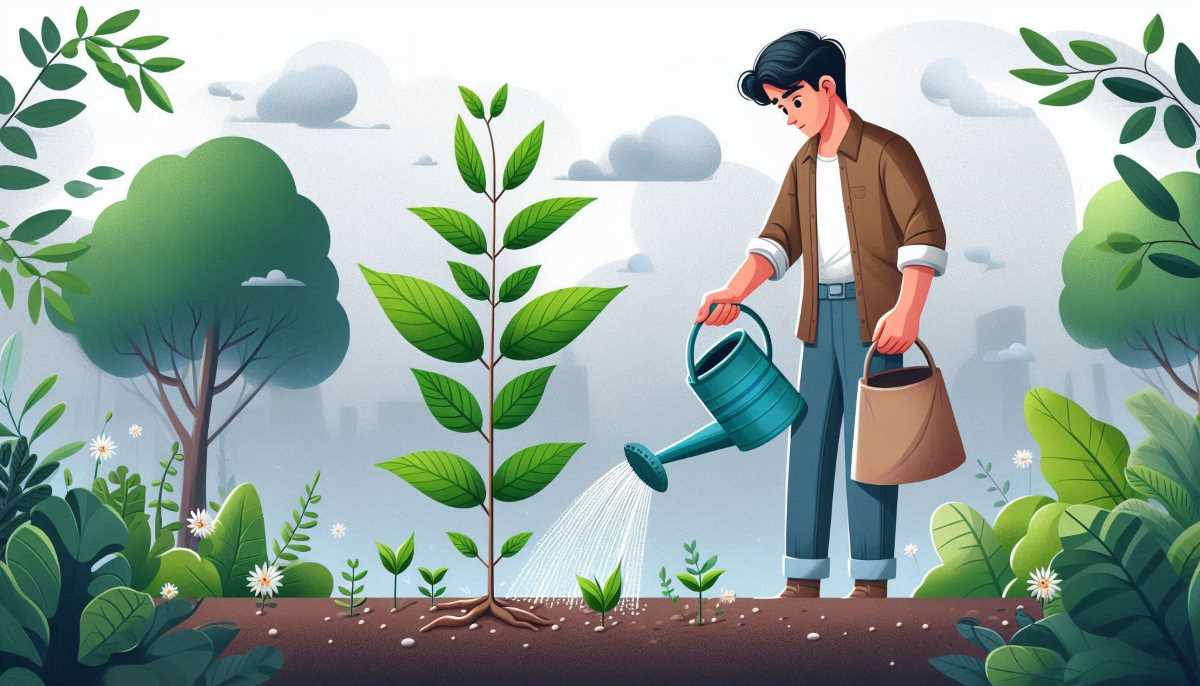The Science Behind Why Rain Doesn't End Droughts
Mexico grapples with recurring droughts, even rain won't instantly end them. Droughts cause billions in damages and understanding them is key.

The lack of rain affects us immediately; However, its presence does not mean that we will recover from a drought, which is a cyclical natural phenomenon that occurs in dry regions as well as in humid areas, highlighted the academic from the UNAM Faculty of Engineering, Saúl Arciniega Esparza.
In Mexico, droughts have historically been experienced since 1984, and in the past 14 years, the most severe was in 2011 and 2012, which lasted for two years; Subsequently, in 2016 and 2017, dry periods prevailed, although not as intense, which indicates that the average precipitation on those dates was below what was expected, he noted.
By participating in the Natural Resources Seminar “When it rains again, does the drought end? Analysis of drought propagation with remote sensing and numerical models,” he said:
When asked about the meeting, the answer is no, although it depends on how long it rains; We would have to wait for many years of intense precipitation, in addition to temperature and evapotranspiration not showing significant changes.
In the Ricardo Monges López Auditorium, of the Institute of Geophysics, he indicated that it is important to analyze these climatological anomalies due to the economic and human impacts. Although hydrometeorological events are the ones that cause the most monetary damage and repercussions on the population, droughts are the second one that causes the most financial damage, although not the ones that injure the most populations.
He recalled that from 2000 to 2015, 145 droughts were reported that caused damages of almost 21 billion pesos, hence the importance of analyzing and understanding them through technologies and numerical models to quantify them and determine the deterioration they cause.
According to Arciniega Esparza, they are temporary and recurring natural events and a normal part of the climate in all regions of the world. Regardless of whether they are wet or dry, they are classified in different intensities, and exceptional drought is the most severe.
He specified that there are various types: meteorological, due to lack of rain, that is, mainly associated with the climate; agricultural, when there is a moisture deficit in the subsoil, which mainly harms farmers; hydrological, which involves the reduction of bodies of water and storage in aquifers; while that which represents environmental, social and economic impacts is called socioeconomic.
When permanent consequences occur in the ecosystem, which generate an increasingly drier site with less precipitation, aridity should be considered because it is a condition that entails processes that cannot be stopped so easily, Arciniega Esparza emphasized.
“If it is a temporary process induced by man, we can define it as water scarcity, an example of this would be poor water management in dams; But if this process cannot be easily reversed, we would be on the course of desertification,” said the university student.
Satellite missions such as NASA's GRACE (Gravity Recovery and Climate Experiment), measure gravimetric anomalies that are associated with changes in mass of the vital liquid in the subsoil and surface, and with this irregularities are determined in both cases, which makes it possible to establish those of storage of the terrestrial system.
Arciniega Esparza warned that both precipitation and water storage present negative trends and perhaps, in the future, we should not be talking about droughts, but about aridity or desertification, depending on the factors involved, but once we get into it, It will be a difficult period to return to previous conditions.




